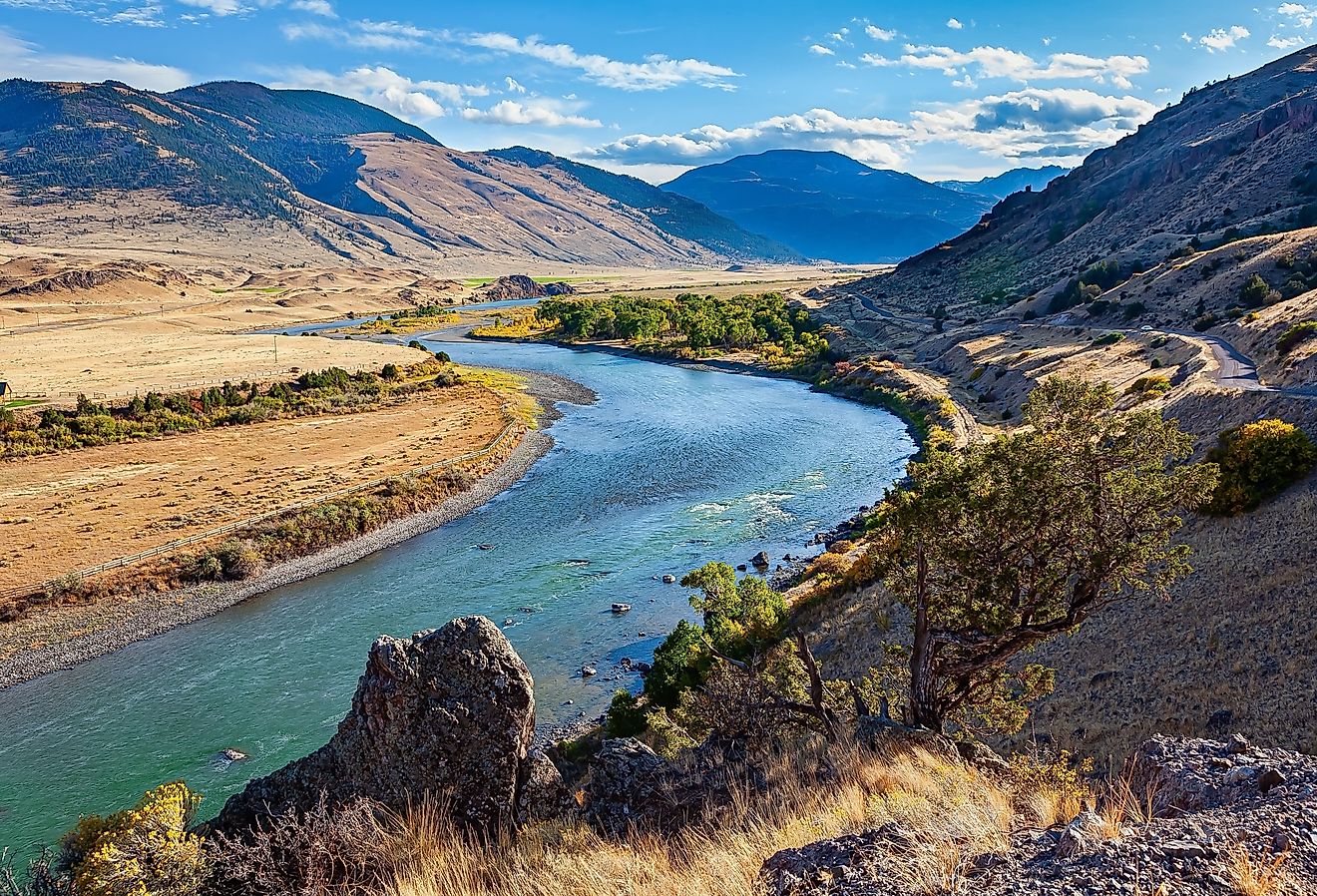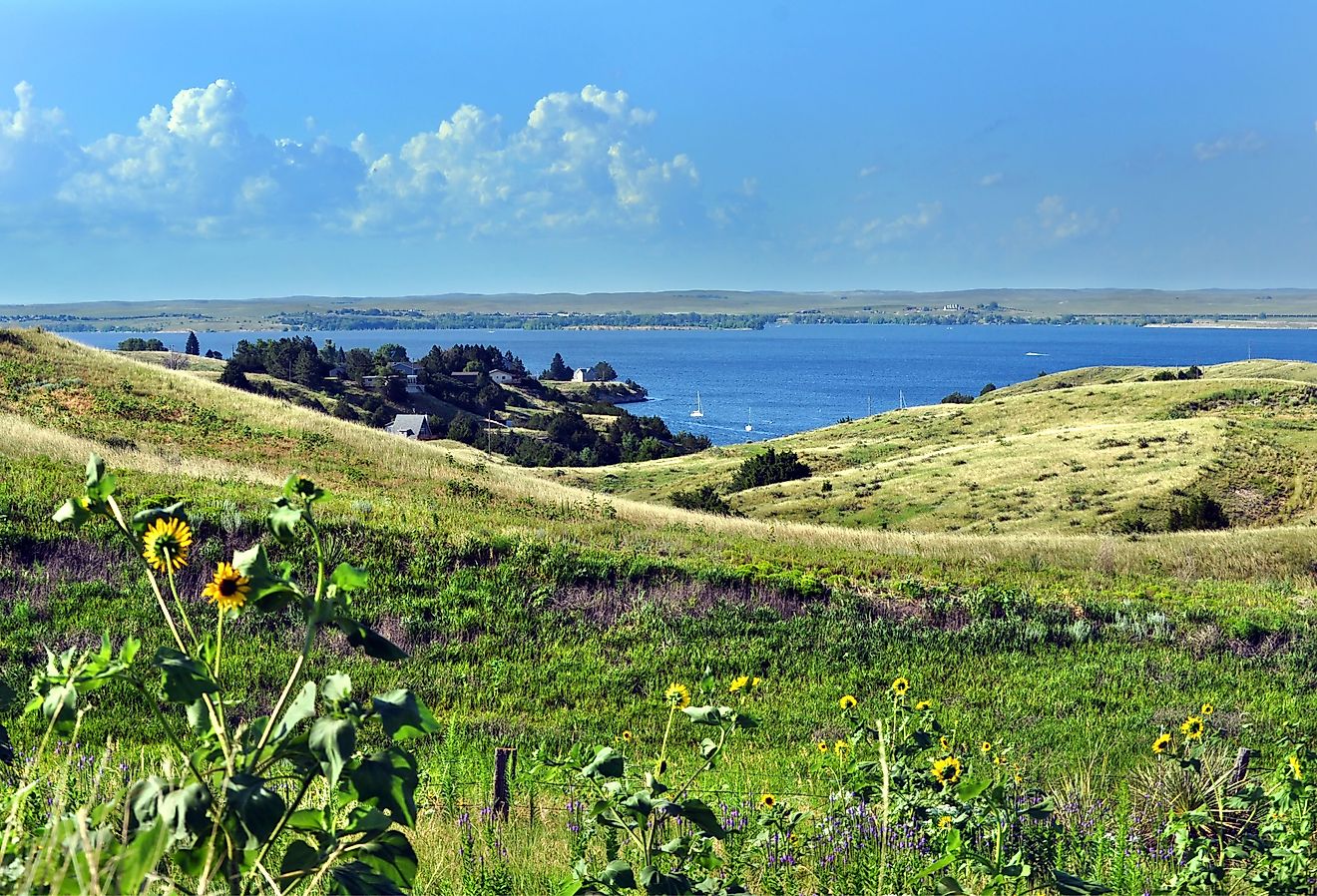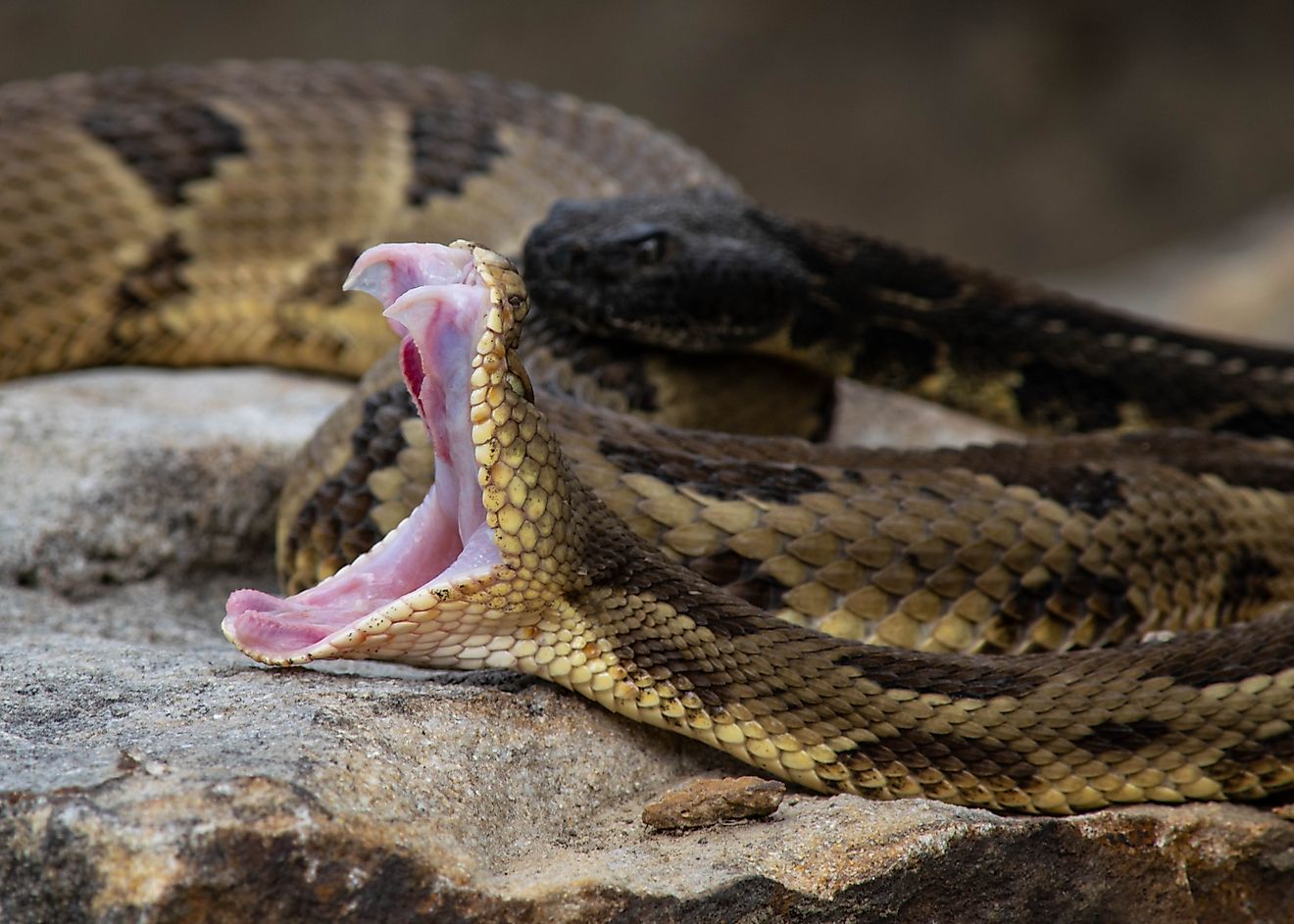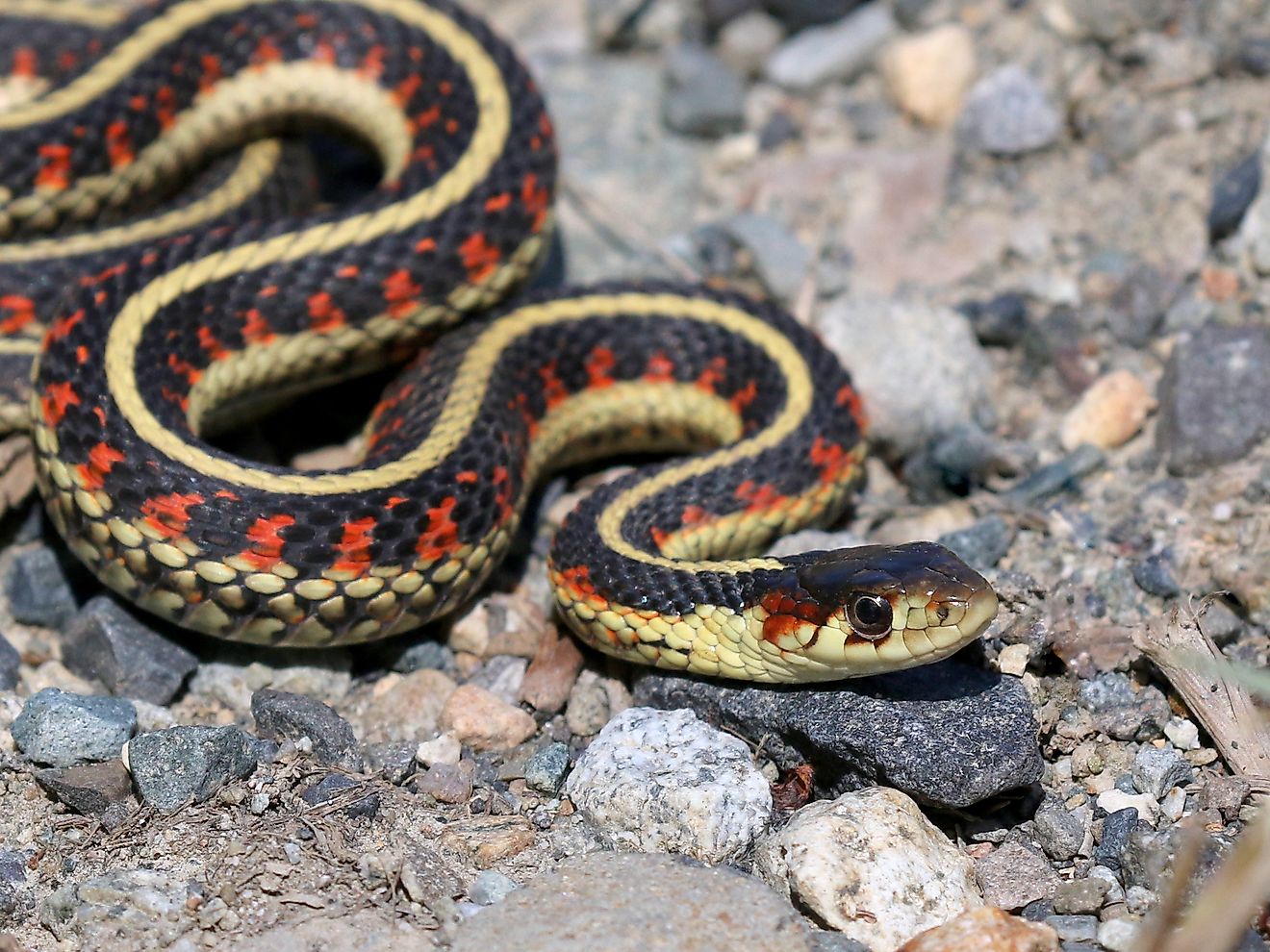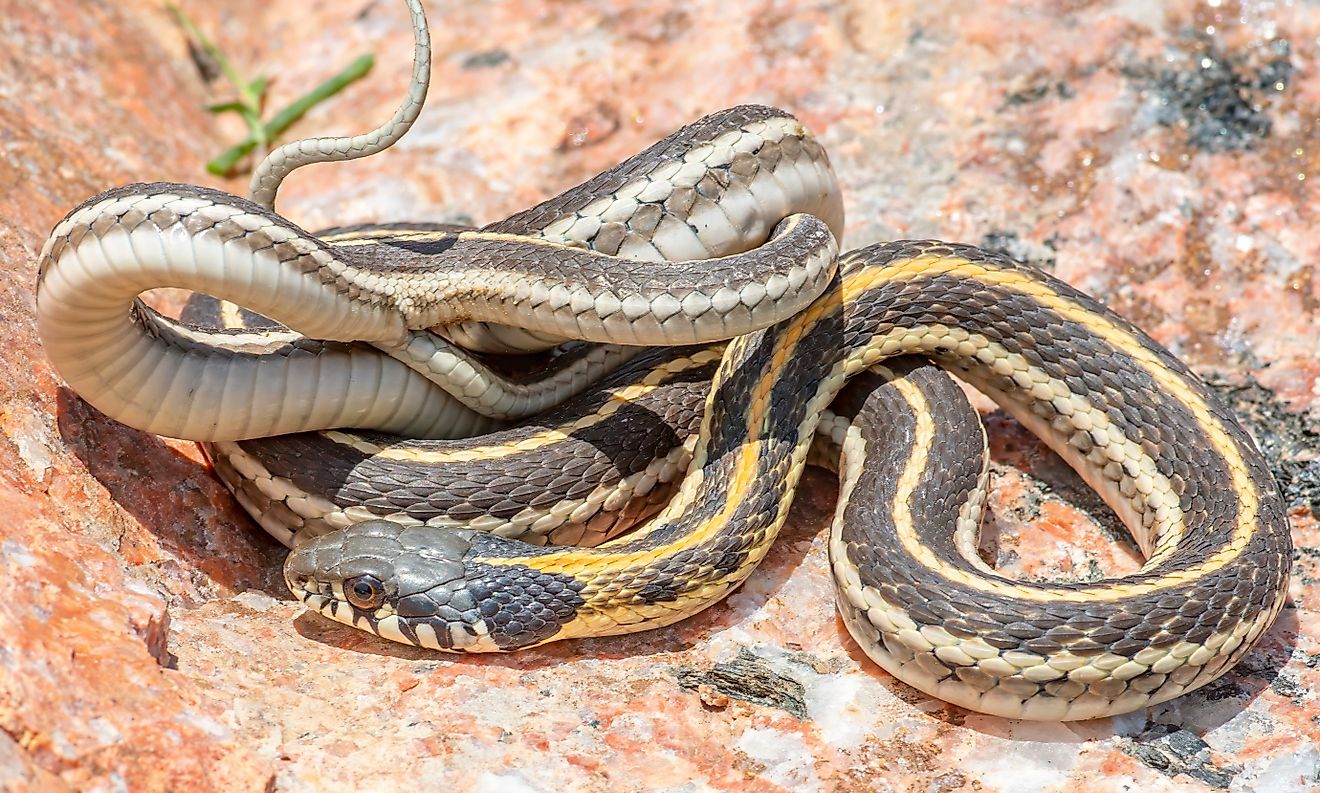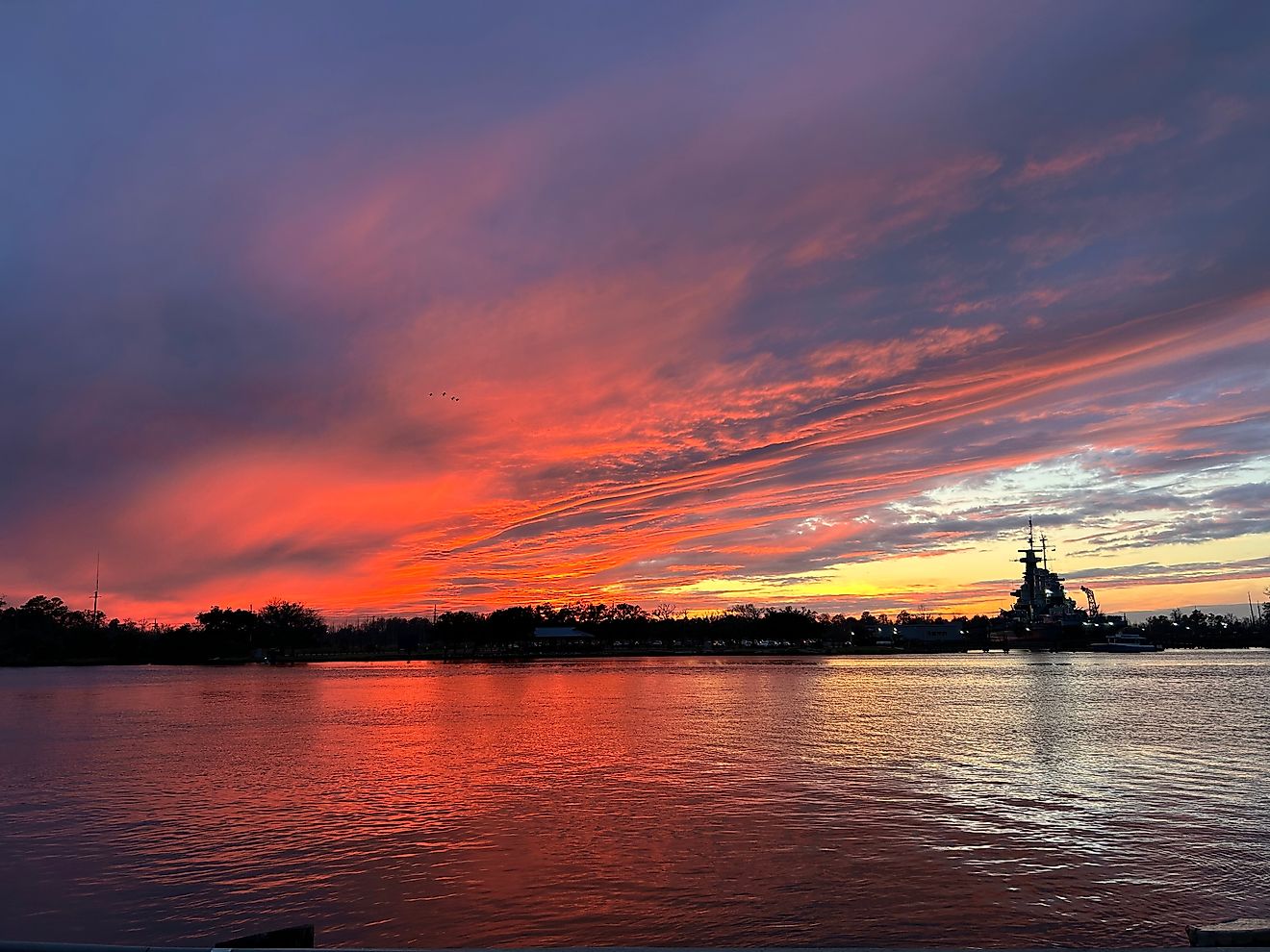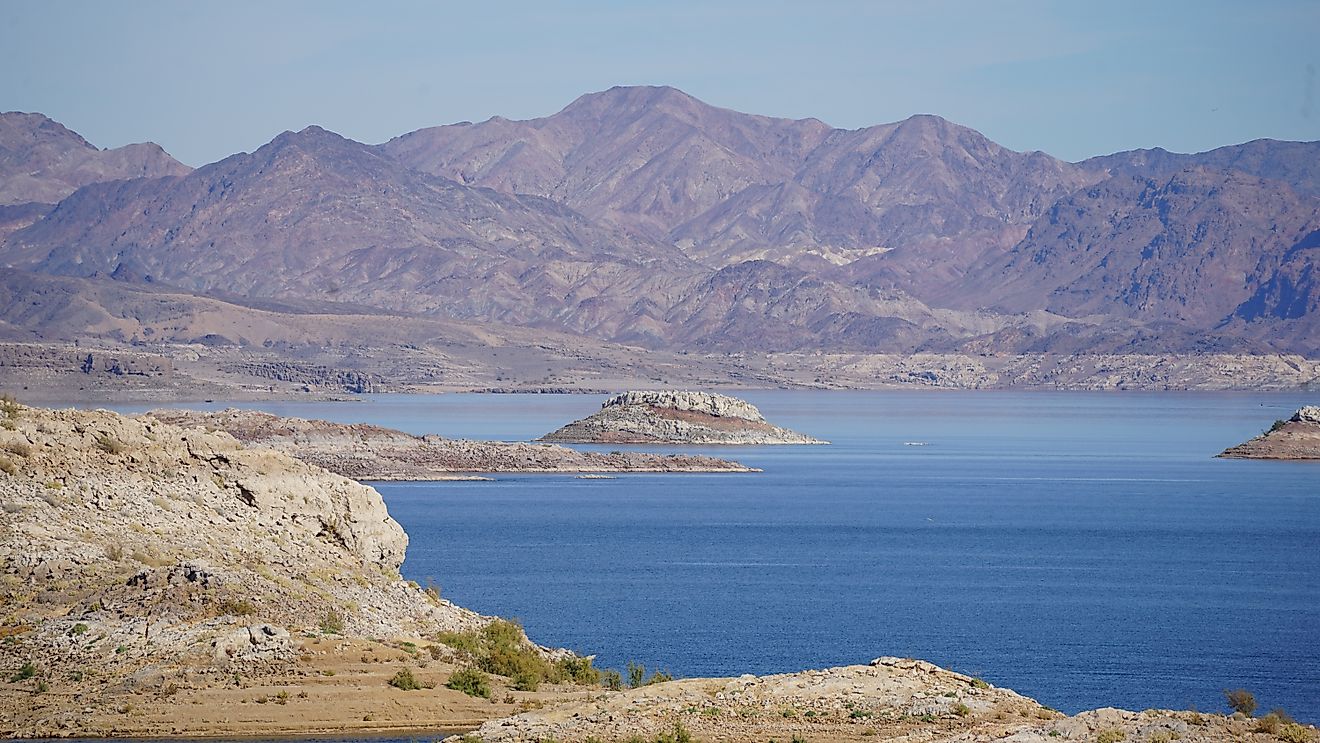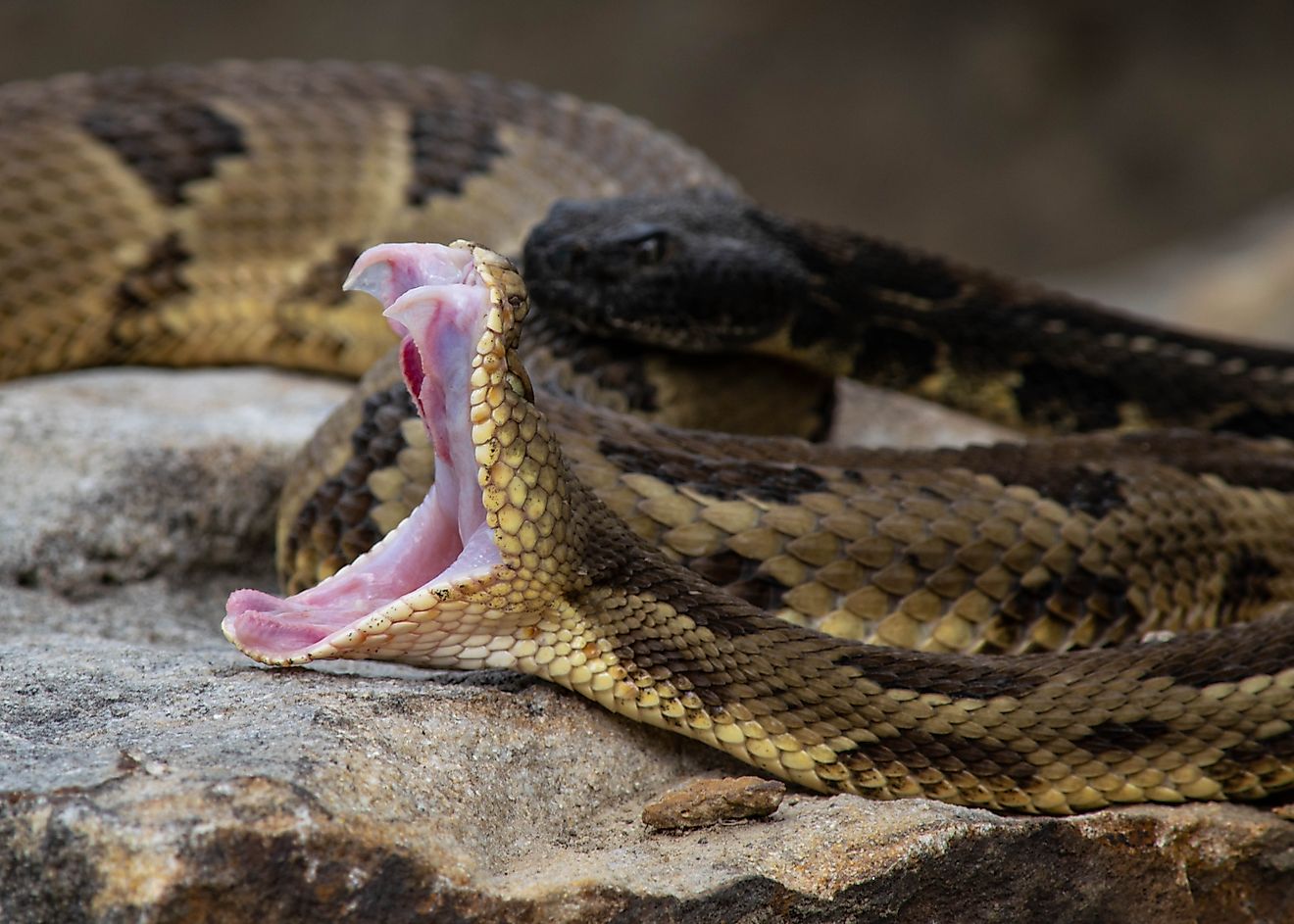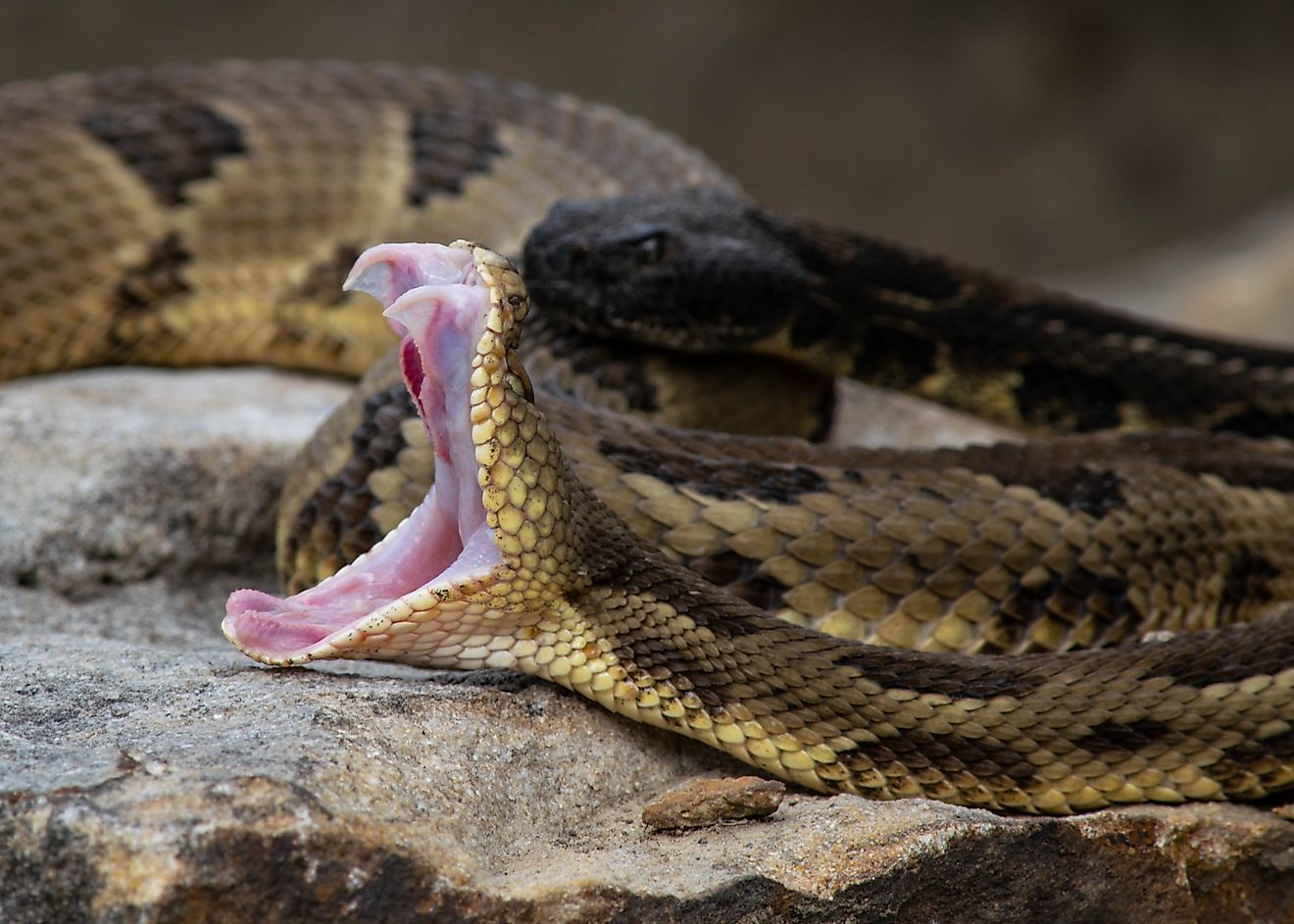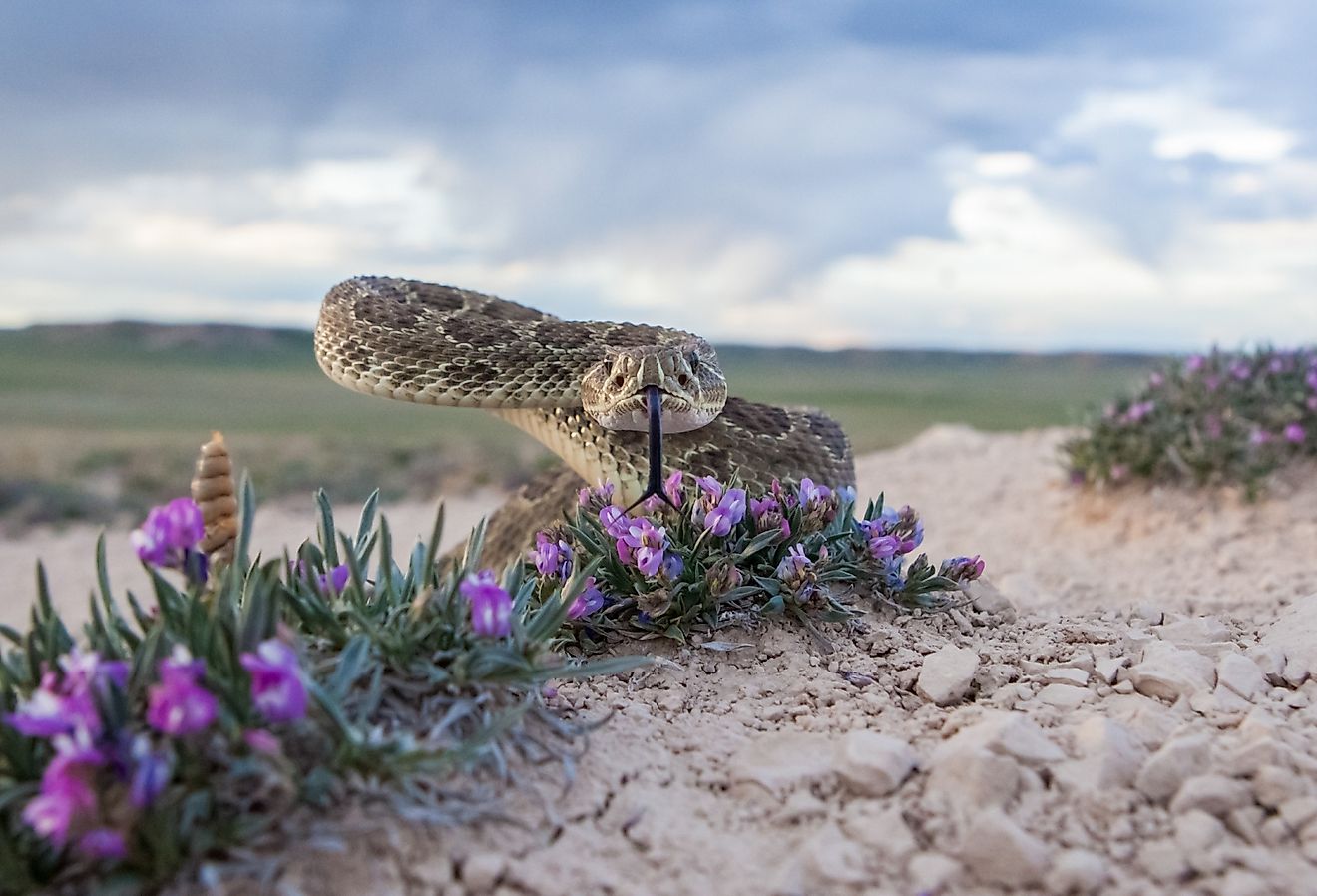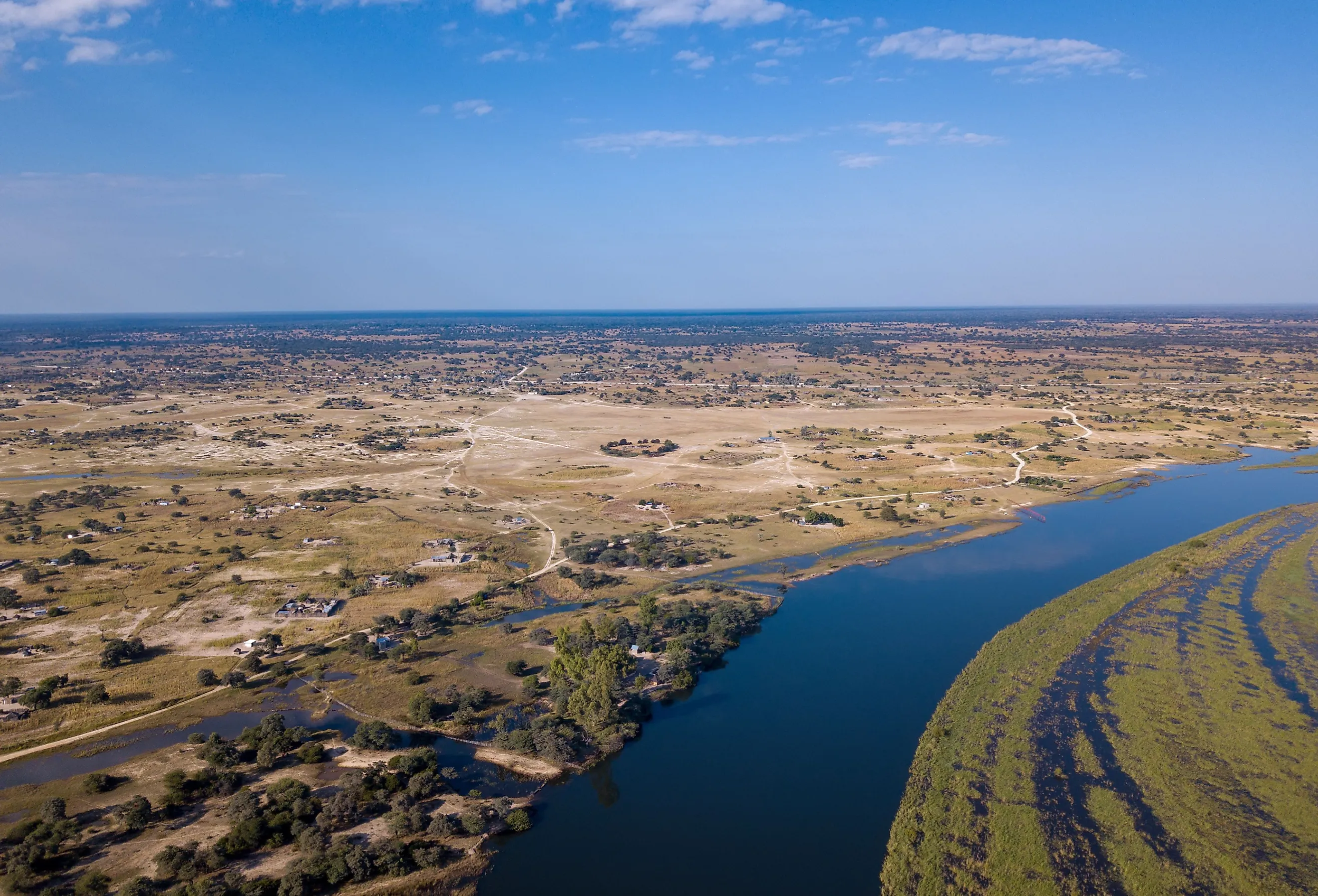
Cubango River
The Cubango is a large river in southwestern Africa. This river flows through Namibia, Botswana, and Angola. It is one of Africa's longest rivers–the fourth longest in southern Africa. The Cubango River serves as a vital water system for all three nations. Over the years, brush, debris, and burned residue from mining and farming have disrupted the water's flow. During the summer months (January-April in Africa), the region experiences heavy rainfall. However, the area also experiences severe droughts in the later months of the year, making the Cubango a valuable and stable water source.
The Beginning of the Cubango River
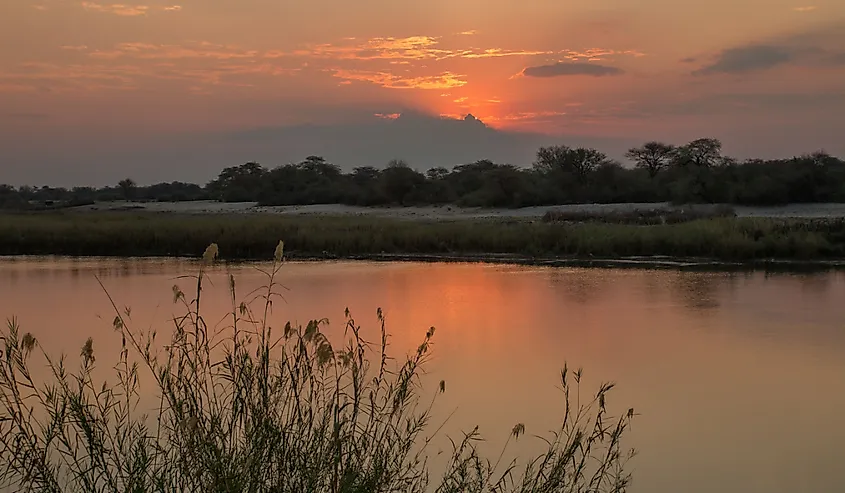
The Cubango River starts in the highland of Angola. Angola is an African nation on the Atlantic coast, just below the Republic of the Congo on the southwest shore. The Cubango River flows down into Namibia from an elevation of 1,300 meters (4,300 feet). The river forms a natural border between Namibia and Angola from these highlands. From here, the river flows down into Botswana.
Other Names for the Cubango River
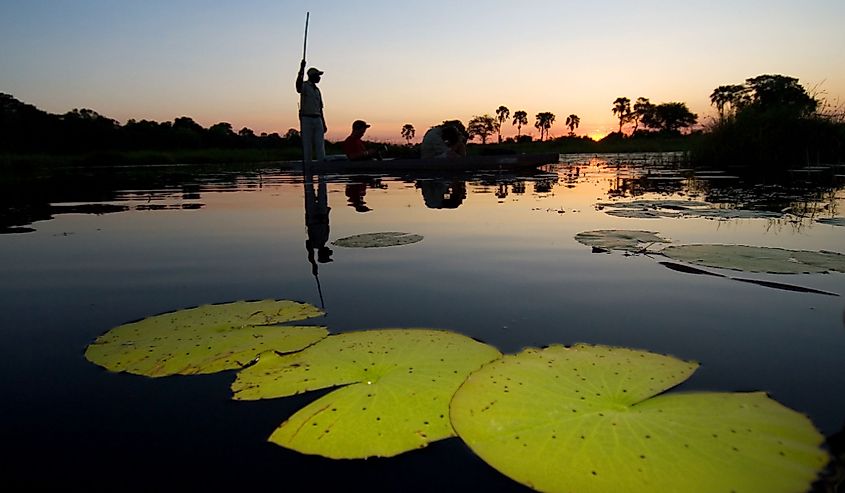
The Cubango River used to be called the Okovango River. This name was given to the river after European explorer, David Livingstone, confused the name of the local tribe people with the River's name. Today, the river's official name is Cubango, while some people still refer to it by its original name. However, the official spelling has been corrected to Okavango rather than Okovango.
Length
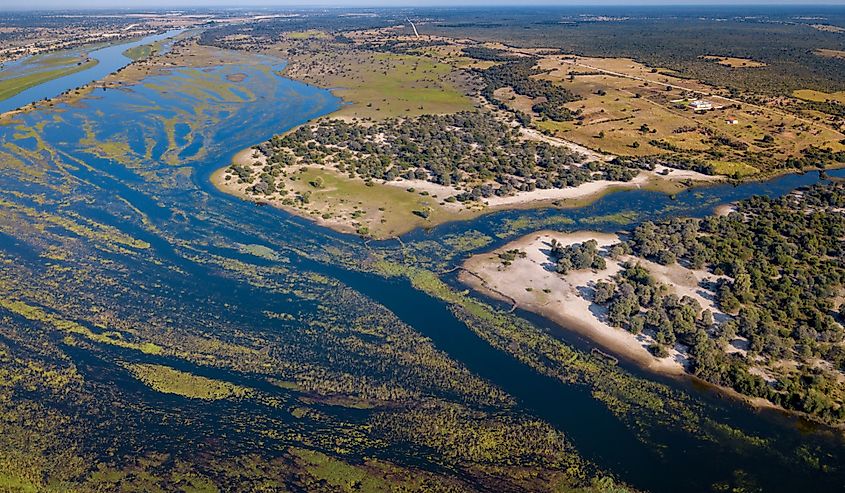
The Cubango River runs for 1,000 miles (1,600 kilometers). Starting in the desert highlands of Angola, the river follows a relatively tricky course down through the wetlands of Namibia. It ends in the swamps of Botswana, after traveling several miles through the Kalahari Desert. The river does not empty into the ocean as many rivers do. Instead, the Cubango River ends at an inland delta called an endorheic basin. Endorheic basins differ from exorheic basins, which empty into the ocean. This basin provides a great deal of water to an otherwise arid region. In addition, the arid environment also causes significant overflow from the banks and flooding into the local areas.
Local Climate and Wildlife
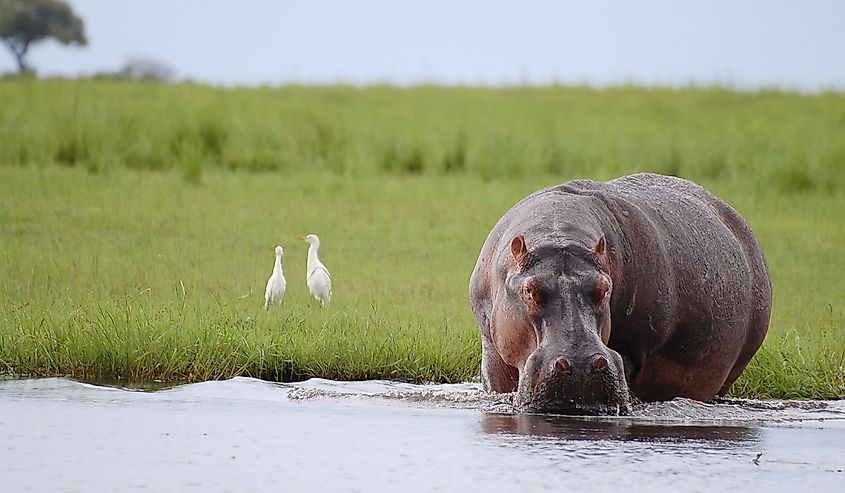
The climate of Angola and Namibia is sun tropical. This means the region experiences hot, humid weather most of the year. These areas experience heavy rains and flooding from October to May each year.
Botswana is also sub-tropical but has significantly less rain. This means the regions around the Cubango differ significantly depending on which portion of the river is being referred to.
Generally speaking, if visiting Cubango, expect hot weather all year. The local climate makes the river excellent for various plant and animal life. White rhinos, African Elephants, hippopotamuses, black rhinos, giraffes, lions, and buffalos are particularly popular animals found near the Kalahari basin. The animals are drawn by the river's ample supply of vegetation. Local wildlife also comes to the basin because it is one of the few water supplies in the desert area.
There are also several varieties of birds living near the Cubango River. Some of the most popular include red-billed hornbills, African Jacanas, Wattled cranes, and African Fish Eagles. These birds are usually drawn to the local freshwater fish supply and crawfish. However, some are also scavengers and feed on any potential dead animals near the waterway.
Political and Historical Significance
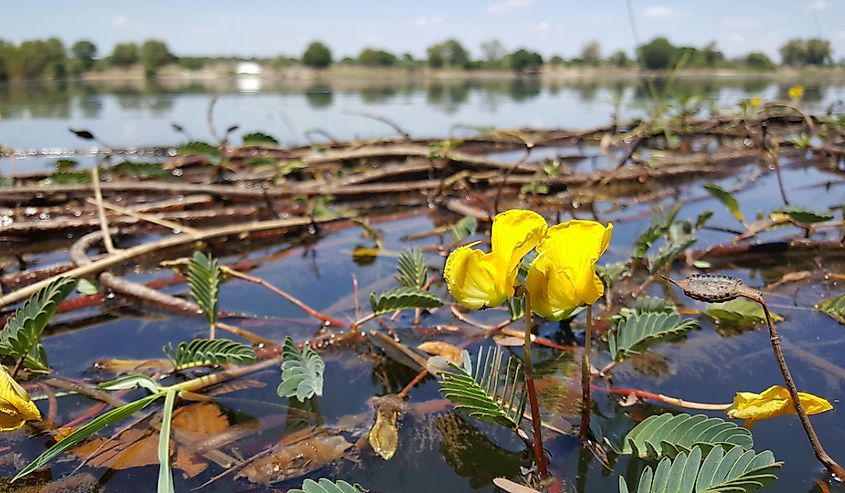
The Cubango River has served as the locals' primary food, water, and transportation source for centuries. Being one of the few water supplies in the Kalahari Desert also makes it an ideal hunting ground.
However, the Cubango also serves as a vital source of water and food for the countries of Namibia and Angola. This has caused conflict between the three nations over control of the waterway and how it is to be maintained.
These disputes, especially some conflicts in the mid-1990s, spurred the creation of the Permanent Okavango River Basin Water Commission. This peace initiative created a more balanced existence between the three nations, but has yet to resolve the issue altogether.
Conclusion
The Cubango River is also important for tourism and bolstering the local economy. The delta region in Botswana is particularly appealing to foreigners looking to experience the region's natural wonders.
